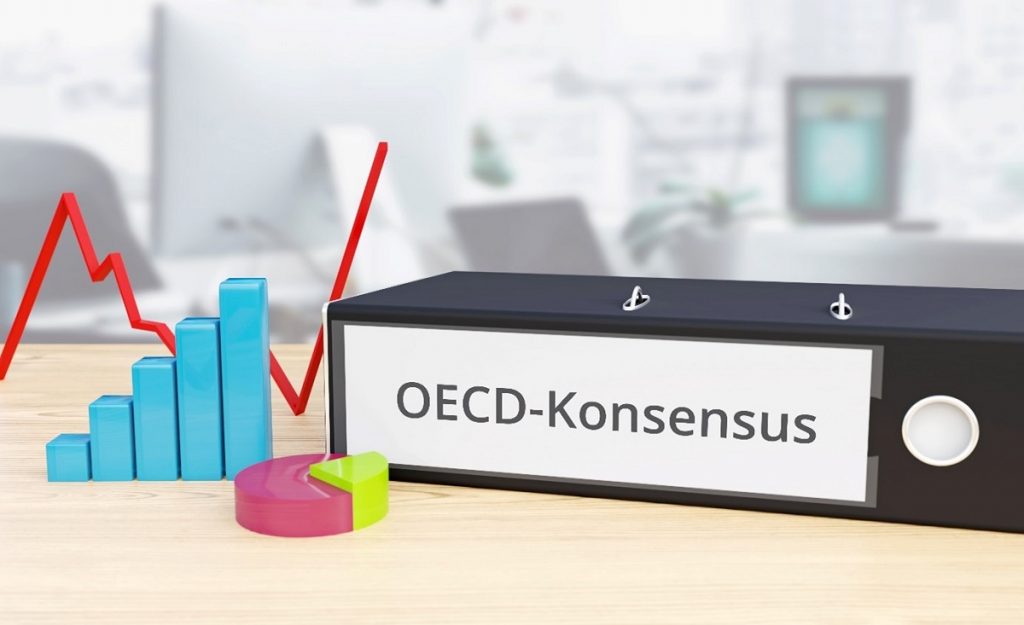Testing of nanomaterials

The OECD Guidelines for the Testing of Chemicals is a unique set of approximately 180 test guidelines (TG) and related documents used to test and assess the potential effects of chemicals on human health and the environment. These guidelines are grouped into five sections: 1: Physico-chemical properties; 2: Effects on biotic (living) systems; 3: Fate and behaviour in the environment; 4: Health effects, and 5: Other test guidelines.
The OECD test guideline program also considers new alternative high-throughput and non-animal test methods (known as New Approach Methodologies, NAMs), supporting the development of Integrated Approaches for Testing and Assessment (IATAs) for example aligned with Adverse Outcome Pathways (AOPs), and implementing FAIR data solutions, which provide an improved basis for new test guidelines and Safe and Sustainable by Design (SSbD) approaches.
NAMs provide opportunities to shift the current regulatory chemical/material risk assessment paradigm based on in vivo animal testing towards new generation risk assessment based on in vitro (cell-based) and in silico (computer-based) approaches. Within EU, animal tests are only permitted if there is no alternative way to gather the safety information under REACH. OECD TGs involving NAM include testing of human health, ecotoxicity and environmental fate, and are currently being updated due to scientific and regulatory developments. In 2016, ECHA organized a topical scientific workshop on NAMs in regulatory science and provides guidance to registrants indicating how NAMs may be used to meet the information requirements under REACH. Opinions about NAM validation can be found here.
The test guidelines are accepted internationally as standard methods for safety testing and are ideally used by industry actors, but also by those in academia and public authorities. The test methods have several uses and are mainly implemented for the regulatory safety testing of chemicals and chemical products and associated reporting and registration of chemicals, but can also be used in the development of new, safer chemicals and (eco)toxicological research.
To ensure that the test guidelines reflect the latest science and technologies, these are continuously updated and expanded. The test guidelines have been developed with the help of national experts from public authorities, academia, industry, and environmental and animal welfare organisations, from OECD countries and associated countries. The OECD test guidelines are covered by the OECD Mutual Acceptance of Data (MAD) system.
Several of the documents in the Series on Testing and Assessment function as a support for the application and development of test guidelines (TGs). These include, e.g., Guidance Documents (GDs), validation reports and detailed review papers.
As for any other chemicals, data on the safety of nanomaterials must be assessed using appropriate tools and methods. Due to their specific characteristics (size effects, etc.), test guidelines intended for chemicals may need to be adapted to nanomaterials, and/or further testing may be necessary to ensure that health and environmental impacts are clarified.
In order to ensure the reliability of the methods used for the assessment of nanomaterials, in 2007 the OECD Working Party on Manufactured Nanomaterials (WPMN) launched the Testing Programme of Manufactured Nanomaterials). The OECD’s 2013 Recommendation of the Council on the Safety Testing and Assessment of Manufactured Nanomaterials establishes that existing international and national regulatory frameworks in the field of chemicals are appropriate to also address the risks associated with the management of nanomaterials. Also, NANOMET, a project funded by European Union, has been launched at 2020 with the aim of supporting the OECD Test Guidelines Programme to identify and develop standardized methods for nanomaterials that can be used to generate relevant and reliable data for regulatory purpose.
Within the EU, the REACH chemical legislation regulation has been revised and now clarifies the data specifications for nanomaterials. The new provisions entered into force on 1 January 2020 and impose requirements for manufacturers, importers and downstream users regarding the registration and safety assessment of nanomaterials.
On 25 February 2021, a webinar was held on TG 318: Dispersion Stability of Nanomaterials in Simulated Environmental Media and its accompanying guidance document (GD 318). Possible updates to the documents were discussed. Earlier in the year (26 January 2021), a presentation was conducted regarding the scope and application of GD 317: Aquatic and Sediment Toxicological Testing of Nanomaterials. The webinar dealt with practical aspects of conducting tests on nanomaterials in water and sediment.
More information about the test guidelines (TGs) such as the current work plan, MAD, accepted TGs, TGs under development, supporting documents including guidance documents (GDs), and current webinars can be found here (OECD Test Guidelines Programme).
Uppdaterad av:
GS 2022-10-19
